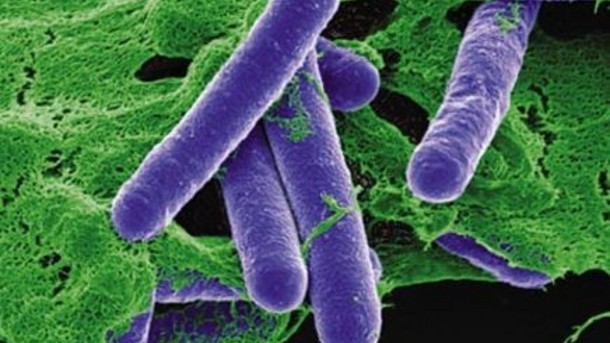Running away from a tiny monster
 You've become infected by the newly discovered bacterium
Diarrhea ultradanger
. The mode by which
D. ultradanger
attacks the body is by producing a harmful type of molecule called enterotoxin.
You've become infected by the newly discovered bacterium
Diarrhea ultradanger
. The mode by which
D. ultradanger
attacks the body is by producing a harmful type of molecule called enterotoxin.
As a defense, your doctor prescribes you the antibiotic medicine chloramphenicol which reaches a concentration in the bloodstream upon administration. However, being a highly successful pathogen, D. ultradanger can destroy molecules of chloramphenicol by producing the enzyme chloramphenicol acetyltransferase (CAT) and exporting it into the bloodstream. If D. ultradanger can manage to keep CAT at the concentration in the bloodstream, it will escape the drug treatment and cause awful diarrhea. As a further counteraction, the body can degrade molecules of CAT at a rate .
If , and , what is the minimum rate (in ) at which the D. ultradanger cells must produce CAT in order to escape the drug treatment?
The answer is 85.0.
This section requires Javascript.
You are seeing this because something didn't load right. We suggest you, (a) try
refreshing the page, (b) enabling javascript if it is disabled on your browser and,
finally, (c)
loading the
non-javascript version of this page
. We're sorry about the hassle.
At equilibrium the concentration of CAT must be c 0 = 1 7 m M . Thus the rate at which CAT is degraded by the body is r a t e d e g = β d e g × c 0 = 8 5 . 0 m M / s . Thus D. ultradanger must produce chloramphenicol acetyltransferase at the same rate, for the least case.